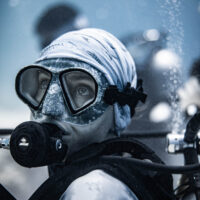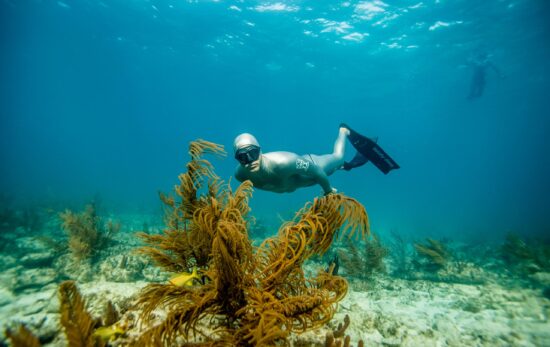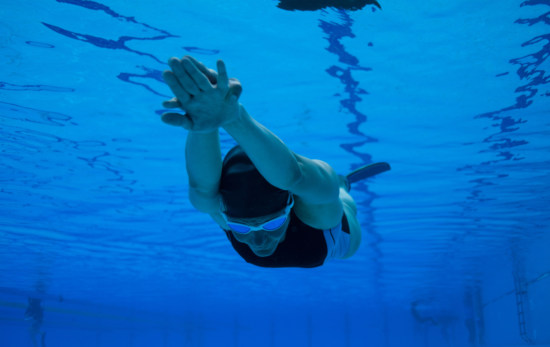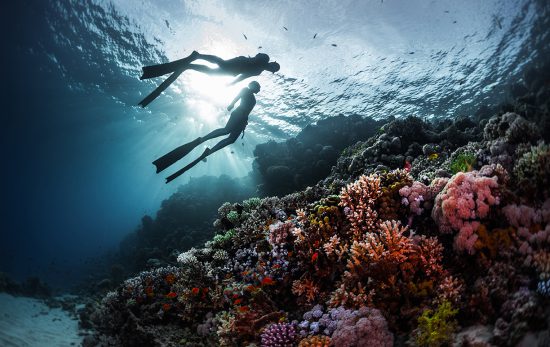Static apnea training is a type of training used by freedivers to improve their breath-hold abilities. In this type of training, the diver floats on the surface of the water and holds their breath for as long as possible without moving. The goal is to remain as still and relaxed as possible while increasing the duration of the breath-hold.
The training usually starts with short breath-holds that gradually increase in duration as the diver becomes more comfortable and confident. This is usually done in a pool or dry, with the diver usually floating face down on the surface and wearing a wetsuit to keep warm and to help them float if in the water and while sitting or lying somewhat prone if practicing dry.
Static apnea training is also used as a way to prepare mentally for deeper dives, as it helps the diver to learn how to relax and control their breathing while underwater. Additionally, it can help in improving diaphragm and lung flexibility.
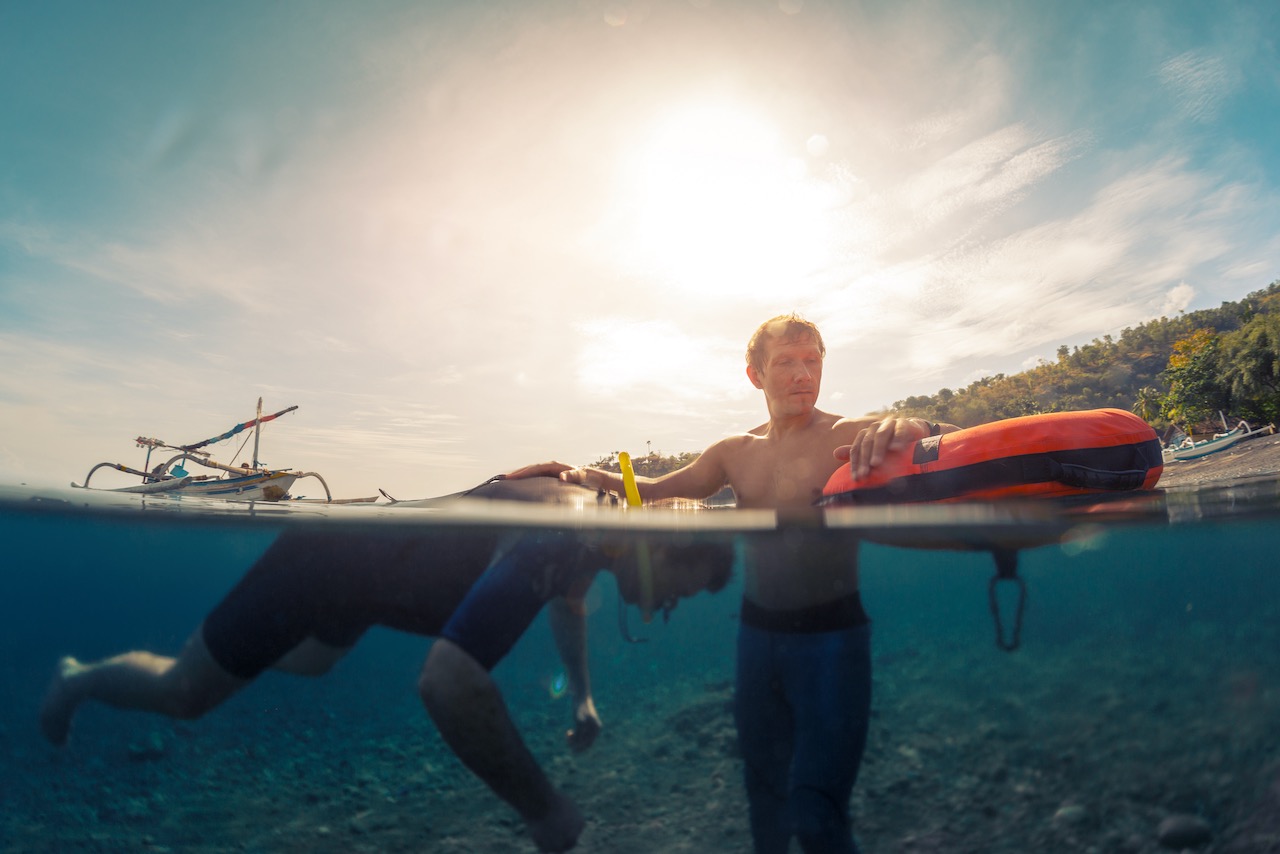
Static Apnea Training Tips
Here are some tips for practicing and improving static apnea training in freediving:
- Start with short holds, usually around 20-30 seconds, and gradually increase the duration as you become more comfortable and confident.
- Practice static apnea in a pool and use a wetsuit or other thermal protection to not only keep warm but to help you float relaxed on the surface.
- If practicing dry, try to sit comfortably or if you are lying down, try not to be completely flat but instead be slightly prone.
- Practice proper breathing techniques such as slow, relaxed breathing before and during the hold to conserve oxygen.
- Always perform recovery breaths immediately after surfacing or ending your breath hold. Do this after every attempt, even if you purposefully just did a short breath hold, as you want the recovery breaths to be second nature and automatic.
- Try to stay as still and relaxed as possible while holding your breath.
- Use a trained buddy or instructor to monitor your progress and to provide support.
- Practice regularly, and try to increase the duration of your holds gradually over time.
- Incorporate relaxation and mindfulness techniques into your static apnea training to help you stay calm and focused.
- Always follow safety protocols and never push yourself beyond your limits.
- Take breaks and rest between sets and never overdo it.
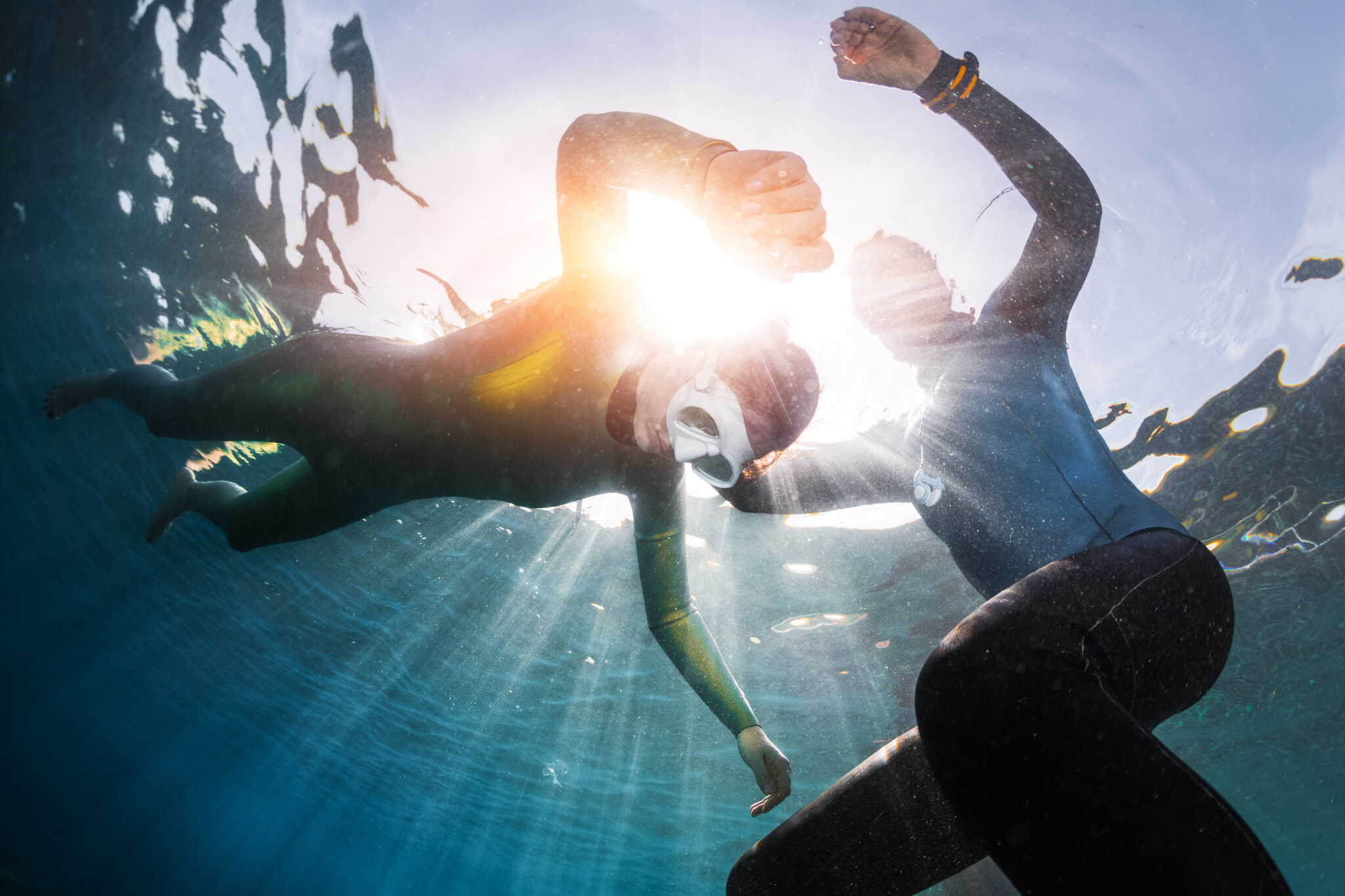
Potential Risks That Can Occur Without Proper Training
Freediving is a fun and exhilarating activity that allows individuals to explore the underwater world. Also, being a freediver allows you to connect with nature in a unique way. The feeling of weightlessness and the sense of freedom that comes with diving without the use of heavy equipment can be very enjoyable.
However, it is important to follow safety procedures while freediving, as it is a sport that carries some inherent risks. Freediving is a demanding activity that puts a lot of stress on the body and the mind, and it is essential that the divers are well-trained and properly equipped to handle these challenges.
One of the main risks in freediving is blackout, which is a loss of consciousness due to lack of oxygen. This can happen if a diver holds their breath for too long, or is not properly trained in how to manage their breath hold. This is just one of the several risks covered in the PADI Freediver course. It is important to follow safety procedures to minimize the risks and to make the diving experience as safe and enjoyable as possible.
Ready to dive in? Learn more about the PADI Freediver course and get started today!
